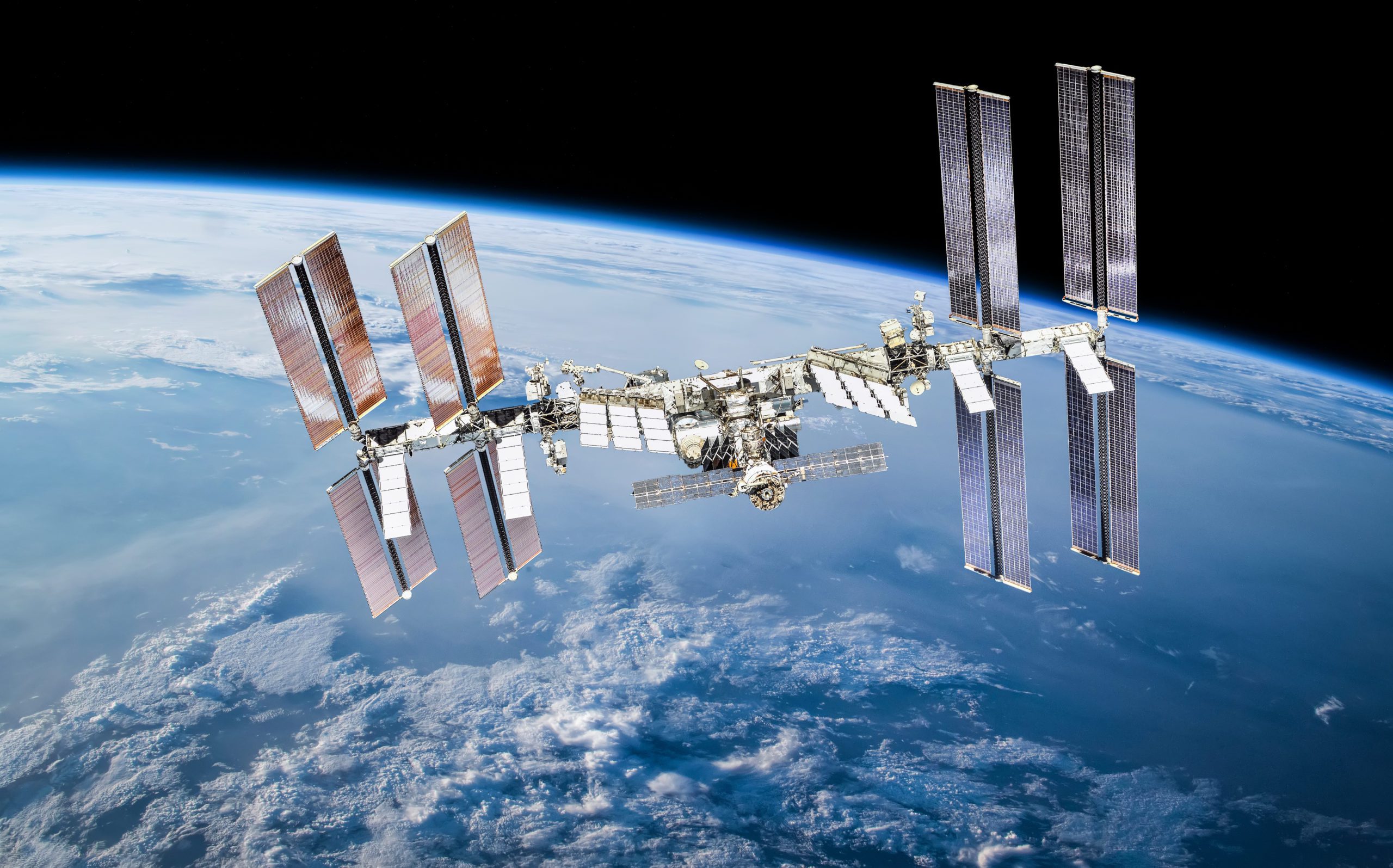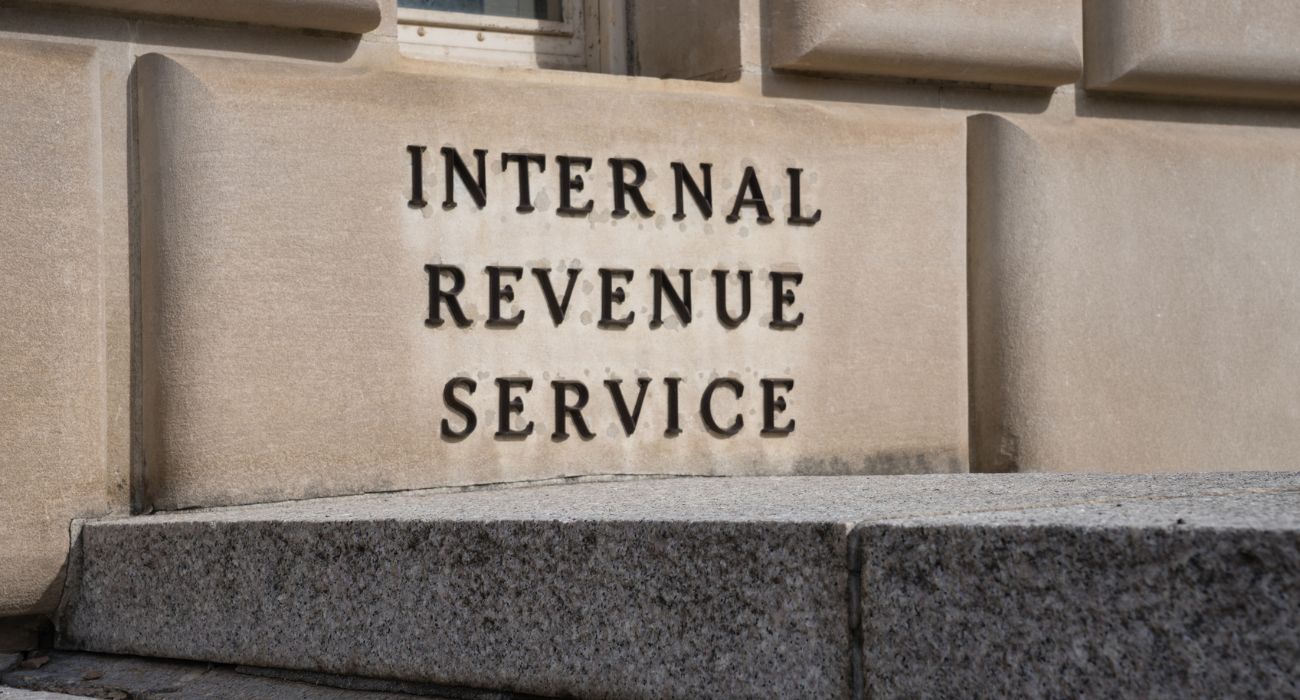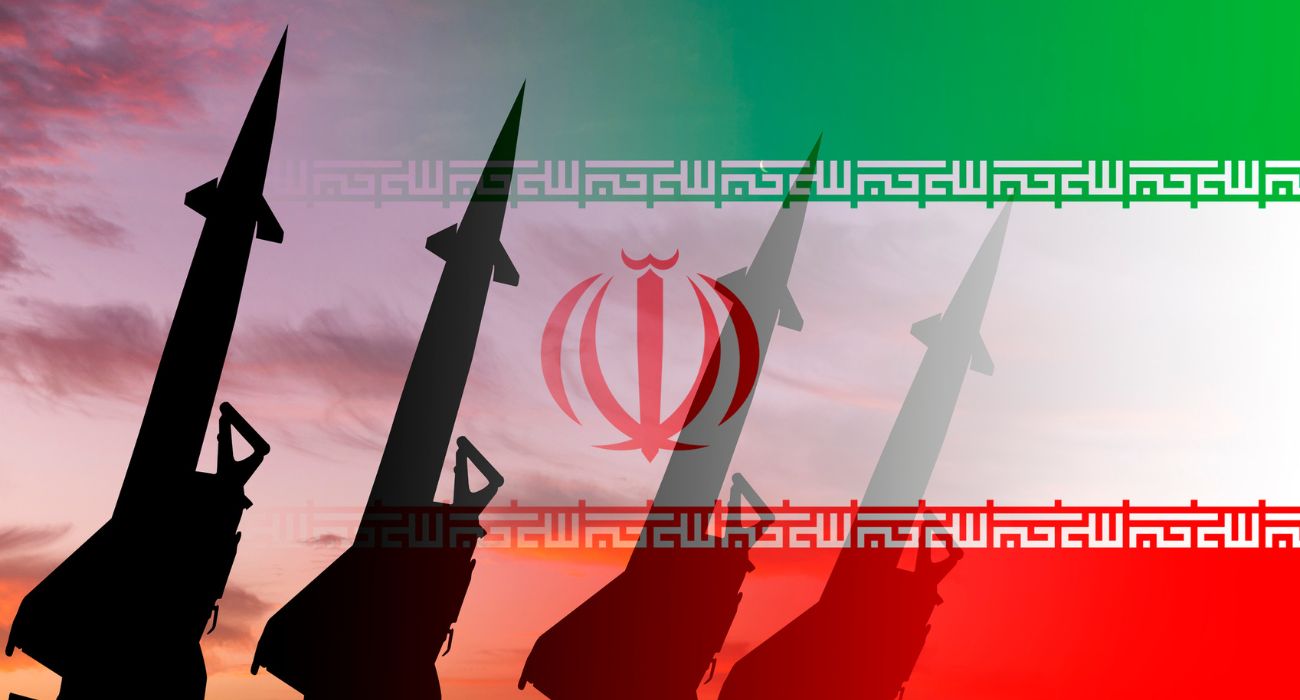In the latest blow to international relations, Russia announced on Tuesday that it would withdraw from the International Space Station (ISS) at the conclusion of its current commitment in 2024.
The Associated Press reported that while the announcement was not unexpected, experts said it would be extremely difficult to keep the ISS running without the Russians. NASA and its partners have expressed a hope to continue operating it until 2030.
Yuri Borisov, appointed earlier this month to run the Russian space agency Roscosmos, made the announcement after meeting with Russian President Vladimir Putin. In his statement, Borisov indicated that Russia plans to build its own orbital station, which may be operational by 2025.
“The decision to leave the station after 2024 has been made,” said Borisov, who was recently appointed to run Roscosmos, the state-controlled corporation in charge of the country’s space program. Borisov, a deputy prime minister, was previously in charge of weapons industries.
The first rudimentary space station was created in 1969 by linking two Russian Soyuz vehicles in space. That accomplishment was followed by other developments in space technology until construction began on the ISS in 1998. The construction was aided by the first reusable spacecraft ever designed: the American space shuttles.
When the ISS’s first module was launched in 1998, it was seen as a way to bring the United States and Russia closer through cooperation. Since 2002, a revolving crew, typically seven in number, has continuously lived and worked aboard the ISS.
The space station is run by American and Russian agencies as well as organizations from Canada, Japan, and the 11 countries that make up the European Space Agency (ESA).
The massive space station, which has two main sections and orbits approximately 250 miles from Earth, is roughly the size of a football field. One half is run by American and ESA astronauts, while the other half is controlled by Russian cosmonauts.
With Russia potentially leaving in two years, questions have been raised about the future viability of the space station. NASA would like to extend the agreement to 2030, something the Russians have rejected.
Tuesday’s decision comes five months after Russia’s invasion of Ukraine, a move that unleashed a torrent of international criticism and sanctions placed on Russia.
Even before that crisis had begun, Russia had indicated in April 2021 that it would be pursuing the construction of its own space station. At that time, concern over the condition of the orbital modules and the safety of the country’s cosmonauts were offered as reasons for the possible move.
“If in 2030, in accordance with our plans, we can put it into orbit, it will be a colossal breakthrough. The will is there to take a new step in world manned space exploration,” said then-chief of Roscosmos, Dmitry Rogozin.
Such threats have been more frequent this year, with Russia threatening in February to leave over sanctions imposed on Russian banks by the United States. That was followed on May 1 by the previous head of Roscosmos stating that the decision had been made to leave.
Regarding Borisov’s statement, NASA officials said they have not received any formal notice of Russia’s decision.
Even though the two countries were at odds from a political perspective, that conflict had not interfered with communication between the two countries’ space programs.
Earlier this month, an agreement was reached that would allow Russian cosmonauts to travel to the space station aboard Elon Musk’s SpaceX company spacecraft and allow American astronauts to travel on Russian spacecraft. The agreement is set to begin this fall.
It’s unclear how Tuesday’s announcement affects that agreement, which was intended to ensure that the space station always has a minimum of one American and one Russian on board to keep both sides of the station orbiting smoothly.






